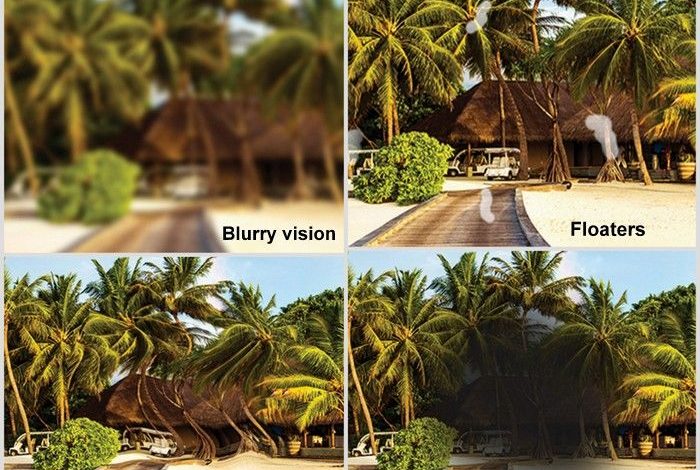

By SeeFoon Chan-Koppen


Ipoh Echo spoke to Dr Lee Mun Toong, Eye Specialist at KPJ Ipoh Specialist Hospital about this medical problem.
“Blood circulating through the retina leaves the eye by draining into the retinal vein. A retinal vein occlusion is (RVO) a blockage that prevents normal blood flow out of the eye.”, said Dr Lee, a veteran of more than 10 years at KPJ Ipoh.
The blockage may be caused by a blood clot, by squeezing (compression) from a nearby retinal artery, or by diseases that affect the blood vessels, such as diabetes, high eye pressure (glaucoma), high blood pressure, and hardening of the arteries (atherosclerosis). Retinal vein occlusions are more common in people over 65 years of age.
Symptoms of RVO
Sudden blurring or vision loss in all or part of one eye are the most common symptoms of retinal vein occlusion. For some patients, the vision loss may happen gradually over days or weeks instead of suddenly. The amount of blurring or vision loss depends on how much damage to the retina has occurred.




The Macula is situated at the end pole of eyeball and Macular edema means swelling of macular region (as shown).
No known effective medical treatment is available for either the prevention of or the treatment of central retinal vein occlusion (CRVO). Identifying and treating any systemic medical problems to reduce further complications is important. Because the exact pathogenesis of the CRVO is not known, various medical modalities of treatment have been advocated by multiple authors with varying success in preventing complications and in preserving vision.
Dexamethasone intravitreal implan
“Today we are focused on the intravitreal implant, and I have found this to be one of the treatment using the Dexamethasone intravitreal implant. Of course the results may vary from patient to patient but generally they have been most favourable. Allow me to share my experience of one of them,” said Dr Lee:
A 62-year-old gentleman presented with right eye blurring vision for one month.
We diagnosed it as Right macular edema due to RVO. Picture 1 shows a macular edema (swelling) before Dexamethasone intravitreal implant (Vision 6/18). Picture 2 shows the disappearance of the macular edema after 10 days of Dexamethasone intravitreal implant (Vision 6/9). “I was thrilled with the result” he enthused.




Picture 1 Picture 2
For more information, call Dr Lee Eye Specialist at KPJ Ipoh Specialist Hospital 05 2544 388.


